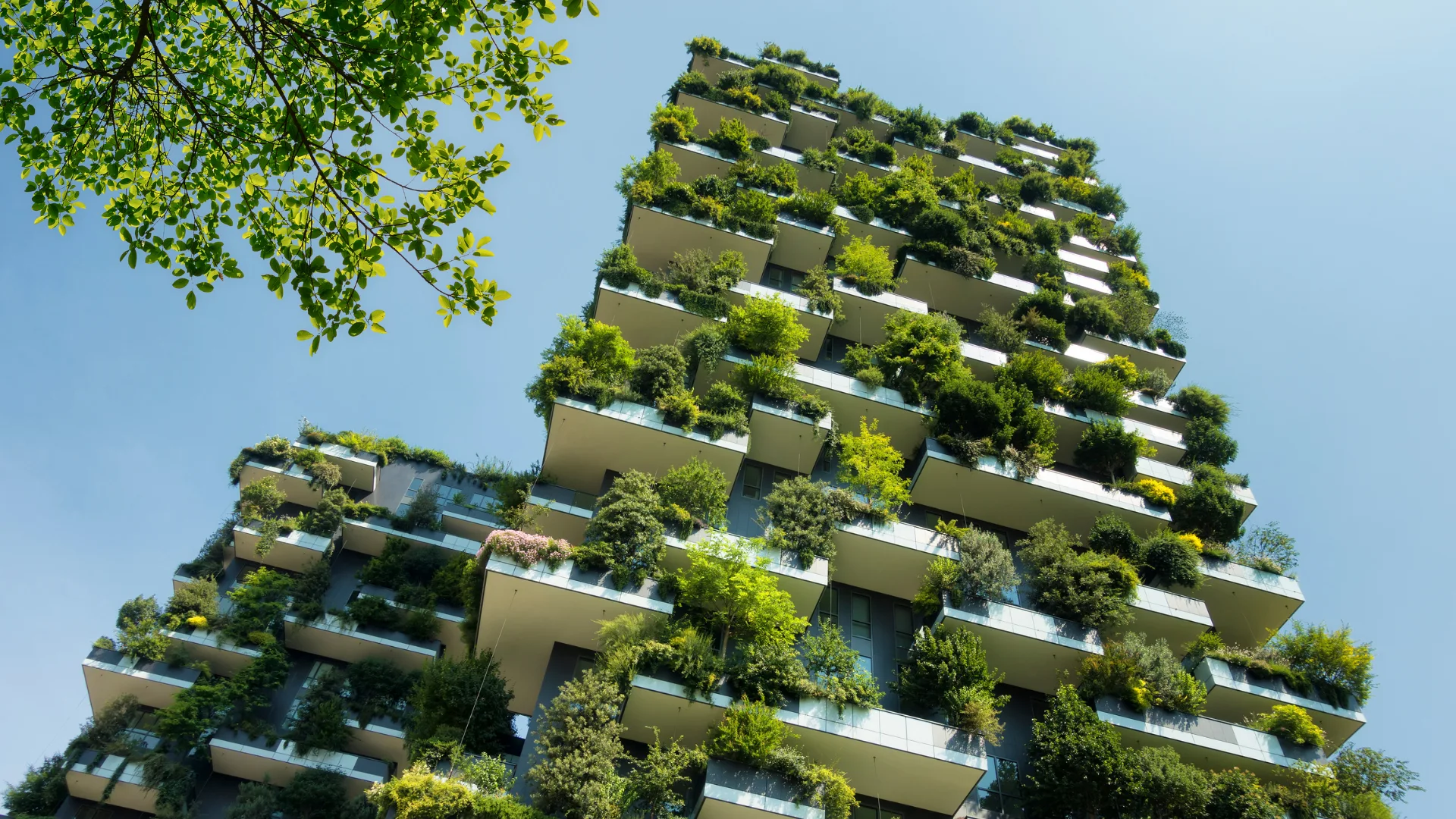What is Green Building Education.
The term “green building education” refers to the educational process aimed at raising awareness of the correct use of buildings to reduce environmental impact, providing public education focused on green building strategies and solutions, and promoting sustainability. This educational approach focuses on adopting construction and management practices that minimize natural resource consumption, reduce waste and improve energy efficiency. Over the years, there has been an increase in the number of courses devoted to the topic, thus ranging from eco-friendly architectural design to low-impact maintenance strategies. The goals of green building education include: awareness of green technologies, promotion of sustainable materials, optimization of energy use and responsible water management. In addition, green building education aims to raise social awareness of the need for sustainable buildings, prompting communities to increasingly evaluate and adopt eco-friendly solutions. This approach fosters an environmentally responsible mindset, promoting awareness of the crucial role buildings play in achieving global sustainability goals.
Advice for companies to raise awareness of proper use of the property.
One might wonder if there are any best practices that companies can implement to raise awareness among end users of its proper buildings. The answer is: absolutely yes. Not only that, but it is also essential to take an integrated approach, involving the various aspects of daily life that take place within the property so that these practices are not repeated mechanically, but internalized and maintained over time. Here are some practical examples to follow to promote initiatives and apply behaviors that are in line with an openness to Green Building Education:
-
Informational Materials: provide clear and accessible informational materials about the sustainable construction efforts implemented in the building-brochures, posters, or online guides can be distributed to occupants to explain the building’s green features and how best to use them.
-
Training Sessions: organize regular training sessions or interactive seminars for building occupants, engage experts in sustainability and renewable energy, and share information on best practices and daily actions that can help reduce environmental impact.
-
Energy Consumption Monitoring: install energy consumption monitoring systems visible to occupants, this, may include digital displays in common areas that show current consumption and provide advice on how to reduce it.
-
Separate Collection and Recycling: implement a separate collection and recycling system within the building, provide well-marked containers and clear instructions to encourage proper waste separation.
-
Use of Renewable Energy: if possible, involve occupants in the use of renewable energy. For example, you could incentivize the installation of solar panels on balconies or terraces.
-
Theme Days and Community Events: organizes theme days or community events focused on sustainability. This could include hands-on workshops, tours of the building’s green infrastructure, or activities related to energy conservation.
-
Digital Applications: develop a dedicated mobile application or online platform that provides ongoing information about the building’s sustainability efforts and offers practical tips for a greener lifestyle.
-
Incentives and Recognition: introduce incentives to encourage sustainable behaviors. For example, you could reward occupants who adopt low-impact practices with discounts on shared services or other benefits.
-
Active Involvement: involve occupants in decisions that affect the sustainable management of the building. Indeed, active participation can increase the sense of responsibility and belonging.
-
Ongoing Feedback and Evaluation: gather feedback from occupants on the effectiveness of initiatives and make changes as needed. Ongoing evaluation is crucial to maintain high interest and continuously improve sustainable practices.
Why is it so important to promote a widespread culture on green building?
The educational journey, which sees empowerment in the proper use of property as the key to raising awareness of a mindset about green building, demonstrates that it truly cares about the environmental and social issues that arise from the building process. One of the data that can help you reflect is the following: humans spend more than 80 percent of their time inside real estate. Do you really believe that the influence exerted by the building quality that distinguishes such buildings does not affect the lives of those who live in those same buildings? The quality of construction significantly determines the psychophysical health of the individual who lives in certain buildings and, above all, his or her productivity; that is why, comfort and healthiness of environments are aspects that make properties more rewarding and attractive in the market. The task, which concerns all players in the supply chain, from designers to occupants, from construction companies to public administrations, is to place themselves at the forefront of what should be seen as a shared effort: to each make their own contribution to achieving development that is sustainable and to work synergistically in the ongoing search for choices that do not come at the expense of the environment, people and the economy.










